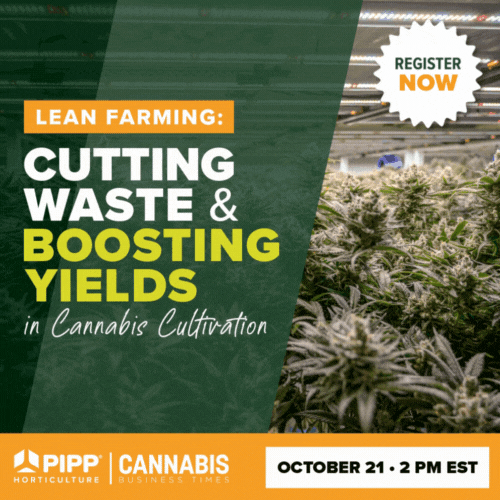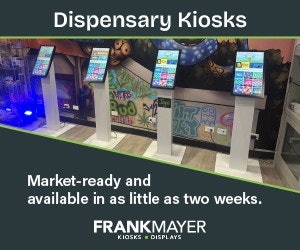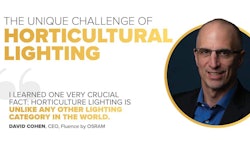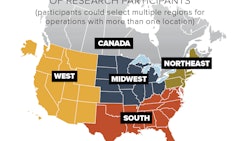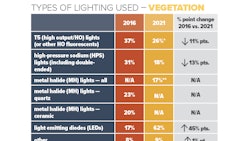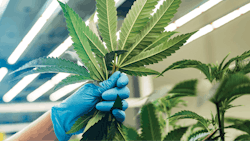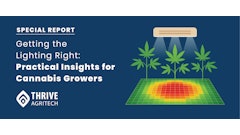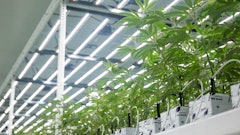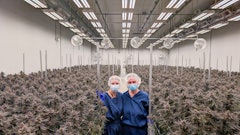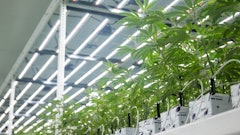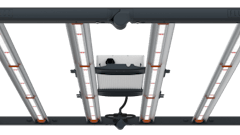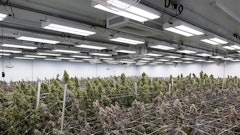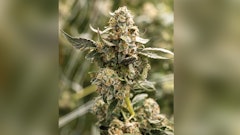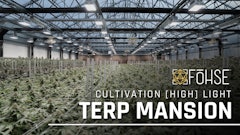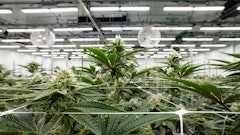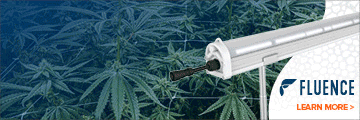
Once regarded as a fringe technology, light-emitting diodes (LEDs) have supplanted high-pressure sodium (HPS) and metal halide (MH) lighting fixtures as the most popular in the commercial cannabis cultivation industry, according to new data from Cannabis Business Times’ “State of the Cannabis Lighting Market” report.
Produced with support from Fluence by OSRAM, the 2021 “State of the Cannabis Lighting Market” study found that the majority of commercial cannabis cultivators growing under mixed or artificial lighting have LED fixtures in propagation, vegetation and flowering rooms. HPS lights, which in 2016 were the most commonly used fixtures (adopted by 62% of growers), are now in use with just over one-third (37%) of growers.
“LED adoption is expected to continue to rise as growers strive for further efficiencies, whether to maximize profitability, comply with state energy use regulations, or both,” according to the report. “Of the research participants who currently do not leverage LED fixtures in flowering, 63% indicated they are planning to use or are considering using LEDs in the flower cycle within the next 12 months.”
Industry groups advocating for sustainable cannabis production and resource use, such as the Resource Innovation Institute (RII), say market conditions are ripe for LED growth to continue.
“A combination of factors is creating a perfect storm to motivating cultivation operations to adopt LEDs: energy efficiency, productivity, choice, pricing, utility programs, regulations, and transparency,” said Gretchen Schimelpfenig, Technical Director for RII, in a statement to CBT.
Data collected by RII through its Cannabis PowerScore platform, a free resource-benchmarking tool, “shows how facilities using LED for any stage of plant growth can achieve 19% better electric energy efficiency while also getting 53% higher yields per unit of electricity,” Schimelpfenig added.
She also noted the incentive created by utility rebates, saying “[cultivation] executives are realizing that it’s in their best interest to scoop up utility incentives while they can.”
Other findings in the published research include an increase in vertical rack use across both vegetative and flowering stages. In 2021, 37% of cannabis cultivators indicated growing using vertical rack systems in vegetative (up from 25% in 2017), and 21% indicated using such systems in flowering (up from 13% in 2017). This finding is in line with the increase in LED adoption, as LEDs are better suited for stacking thanks to their lower heat loads compared to HPS and MH fixtures.
Results from the 2021 “State of the Cannabis Lighting Market” report are based on 156 participants who own or work for an operation that cultivates cannabis indoors and/or in greenhouses with supplemental lighting, unless otherwise indicated. The margin of error for percentages based on this base is approximately ±7.8 percentage points at the 95% confidence level.
The report is available in the October issue of Cannabis Business Times. Research data can be found here.

